Will E-Fuels Keep Your Classic Car On The Road Through The EV Revolution?
The steady regulatory transition away from carbon-intensive fuels like diesel and gasoline towards emissions-free alternatives such as electric vehicles has left many automotive enthusiasts pondering the future of their personal fleets. If gas becomes more and more difficult to find—or at the very least, considerably more expensive to buy than it is now—will classic car owners be able to keep driving their rides? And if gas-powered cars are banned altogether, as some countries have attempted to codify into law, will they become static museum displays trapped in tomb-like garage mausoleums?
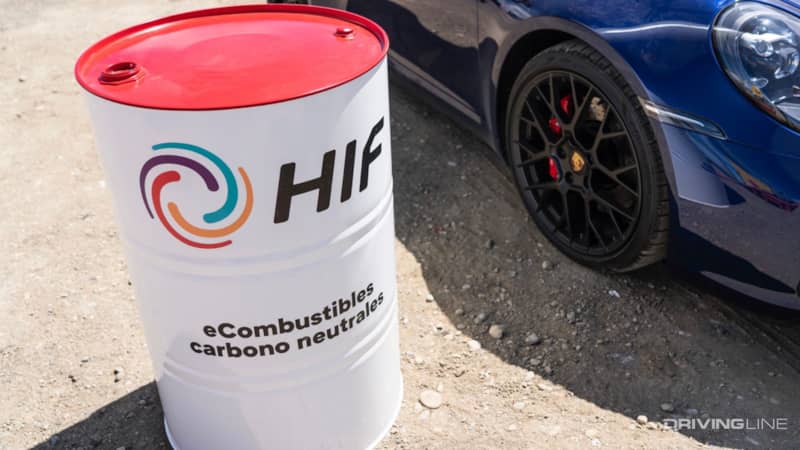
One possible answer to this question has been proposed by oil and gas companies concerned with their own impending irrelevance in the transportation sector. So called "e-fuels" (shorthand for "electrofuel"), represent a catch-all term that covers a long list of synthetic combustible fluids that are created outside of traditional petrochemical refining.
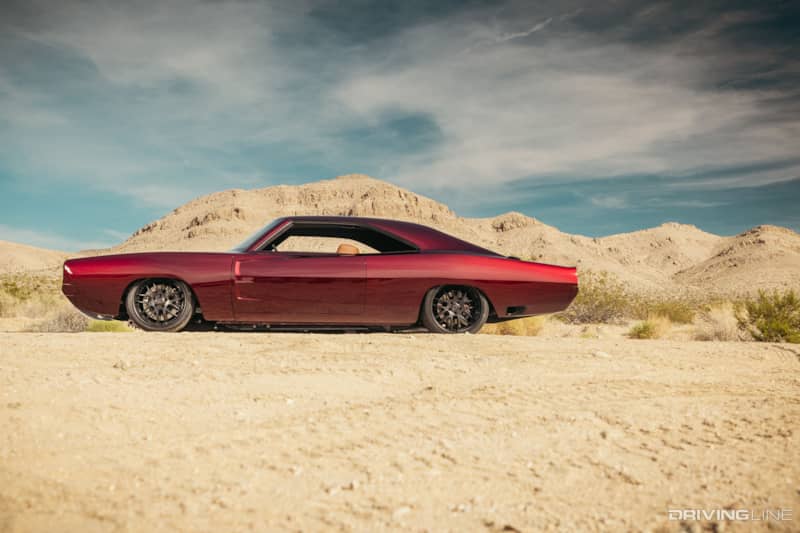
How do e-fuels work, and are they a realistic solution for keeping classic cars on the road in an increasingly electrified future? The answer is a complicated one.
Carbon Neutral, The Long Way
What makes an e-fuel appealing, as compared to standard gasoline, is that it strives to dramatically reduce the amount of carbon emissions associated not just with it being burned inside an engine, but also its manufacture. The key thing to understand is that e-fuels aren't emissions free, as there is still carbon dioxide coming out of the tailpipe when they are burned. Rather, they aim to be as 'neutral' as possible by not adding any new CO2 into the atmosphere.
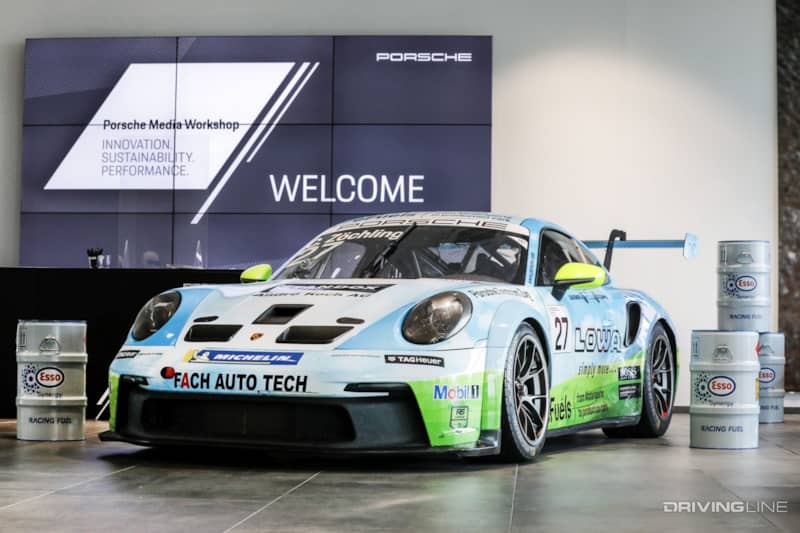
How does that work? The balance is achieved by removing existing carbon dioxide from the environment and then using it to produce the fuel itself. Some e-fuel plants are designed to capture atmospheric carbon dioxide by using fans and turbines drive air into a filtration system that snags and separates it out. Others plan to make use of CO2 produced by other industrial processes, in effect keeping it from reaching the atmosphere in the first place.
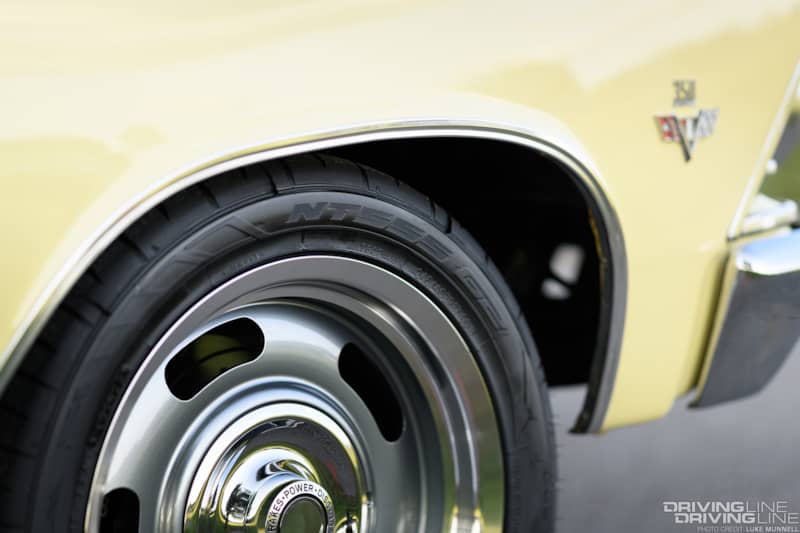
Once the carbon dioxide is harvested, it's combined with hydrogen in order to create the hydrocarbon components of gasoline, avgas, and diesel, ultimately generating synthetic "drop-in" replacements that can be burned in a traditional internal combustion engine and used in automotive, maritime, and aviation applications. Some processes instead use the harvested carbon dioxide to create methanol, which is then converted into gasoline.
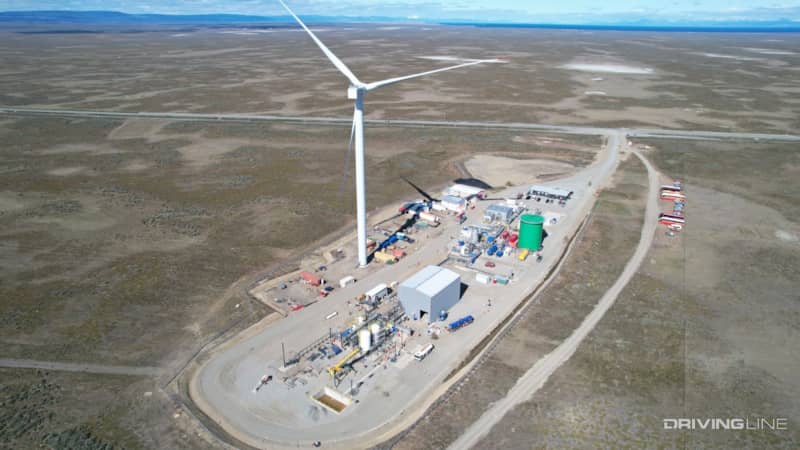
Either way, this is an extremely energy-intensive process, particularly since the hydrogen required is obtained via electrolysis (which is far from efficient). Furthermore, in order to maintain its goal of carbon neutrality, any e-fuel relies on renewable energy sources such as wind, hydroelectric, or solar as part of its production.
The E-Fuel Reality
What does all of the above mean for classic car owners? Taken at face value, it seems like e-fuels represent a viable path forward for keeping old school metal rolling, as they at least partially address environmental concerns that are playing major role in future bans on gas-powered vehicles.
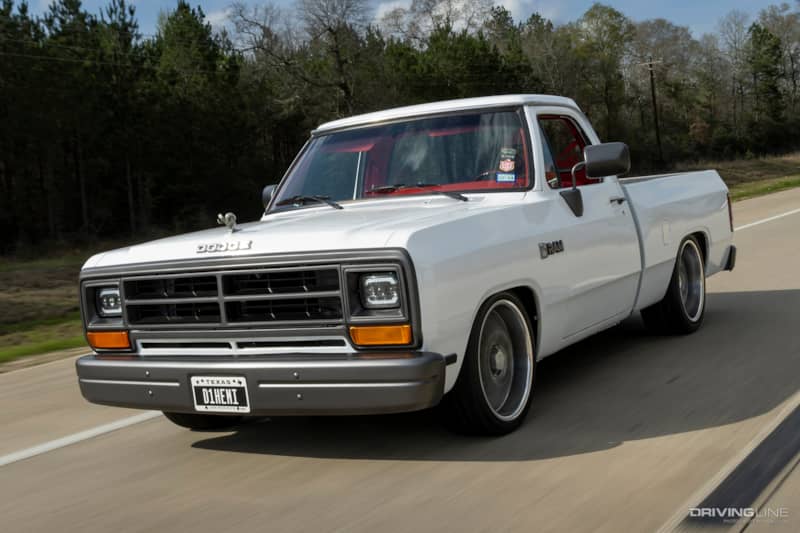
Unfortunately, there are major stumbling blocks surrounding e-fuel that don’t have easy solutions. The first are the energy requirements associated with its production—almost 50 percent of which is lost in the process—which makes burning e-fuel vastly less efficient than simply directing that same amount of energy into an EV battery. In fact, tracing the path of energy from the generating stage to powering an automobile shows that a mere 16 percent of the original electricity generated ends up spinning a vehicle's wheels when using e-fuel, as compared to 72% efficiency for an electric automobile.
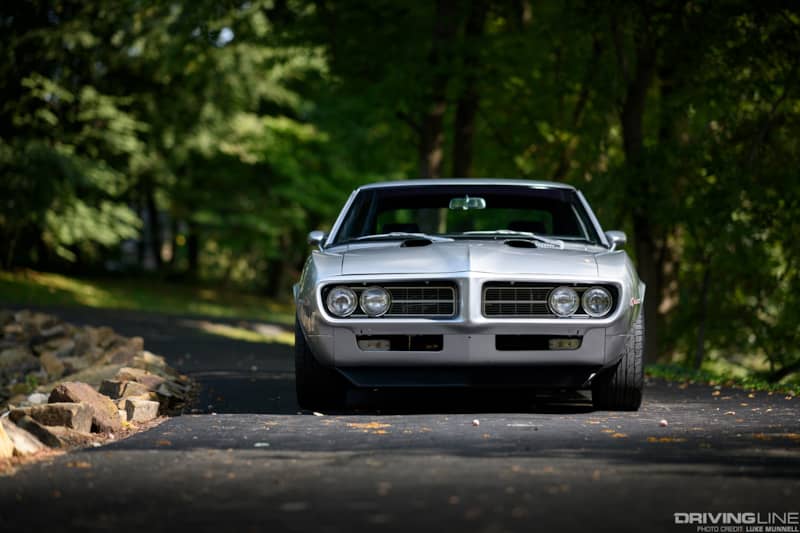
That inefficiency also significantly drives up the cost of e-fuel to the consumer, as their energy needs make them very expensive to produce. There is currently only one dedicated plant producing this type of fuel at an industrial scale (built in partnership with Porsche in Chile), and even thought it has access to copious amounts of wind power it's still not selling any actual fuel to commercial customers (instead using it in Porsche motorsports programs).
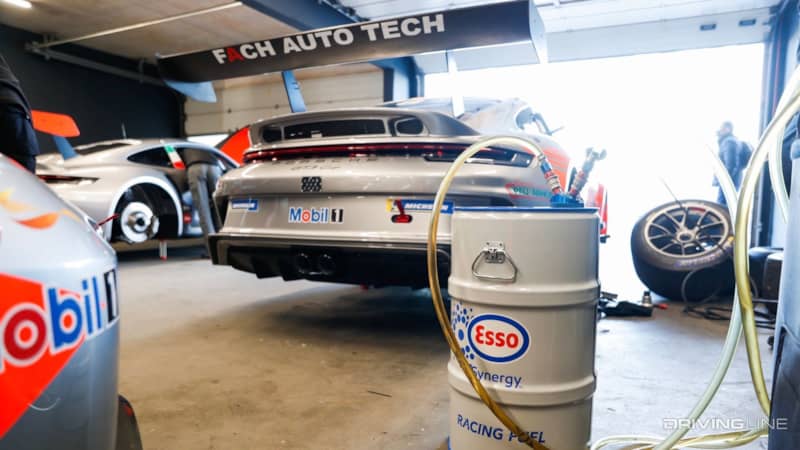
Then there's the emissions question. A number of cities in Europe already restrict access to their core areas in order to reduce air pollution, and given that e-fuels aren't emissions free, they can't sidestep legislation specifically intended to choke tailpipes.
A Viable Edge Case For Classics
It's unlikely that e-fuels represent a viable path forward in terms of transitioning the entire automotive industry towards a carbon neutral future. There are simply too many vehicles out there to justify establishing a parallel synthetic gasoline production infrastructure that is radically inefficient and extremely costly due to its energy-intensive nature. On top of that, renewable energy sources can't easily scale up to handle a sizable e-fuel business.
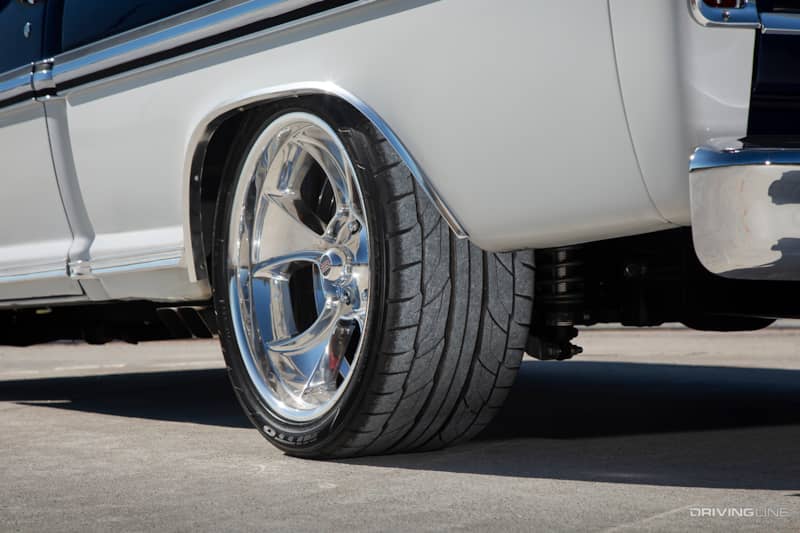
That doesn't mean that e-fuels won't play a role in future mobility, however. Aviation could be a better target market for synthetic fuels, as electrification of commercial aircraft has so far failed to emerge. Even in ground transportation, there will always be edge cases where a liquid fuel burned by an internal combustion engine is a better choice than a battery-electric option, and it's reasonable to expect that a small-scale e-fuel industry could spring up to support those willing to pay a higher price.
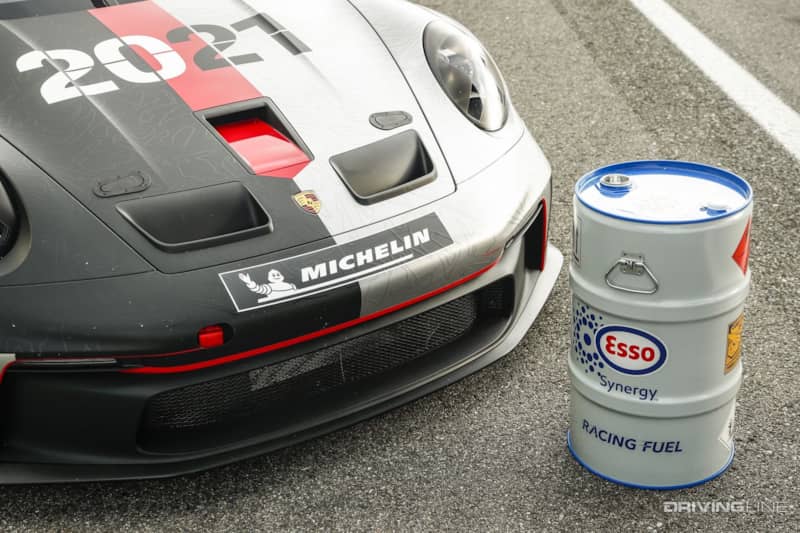
Classic cars are precisely such a market. Mainstream transportation might be going electric, but more than a few owners of hot rods, muscle machines, and even Rad-era rides will be willing to do whatever it takes to stay behind the wheel. In effect, it's not dissimilar to the lengths which drag racers and track enthusiasts will go to ensure a steady supply of ethanol or high-octane race fuel. Still, the expense of ownership is likely to amplify, which could thin out the herd of those who are able to maintain a running and driving antique automobile.
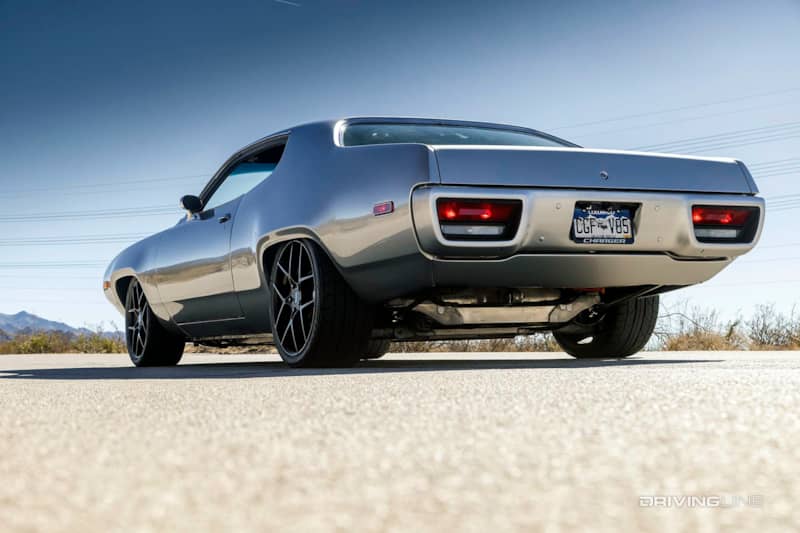
Just as horses transitioned from daily conveyance to a hobby kept alive by passionate enthusiasts, so too will older vehicles keep running through the innovation and investment of their drivers. Whether this means conversion to battery-powered drivetrains or taking the hit at the e-fuel pump will depend entirely on the circumstances of the owner, the region they live in, and how quickly these technologies evolve alongside each other.







